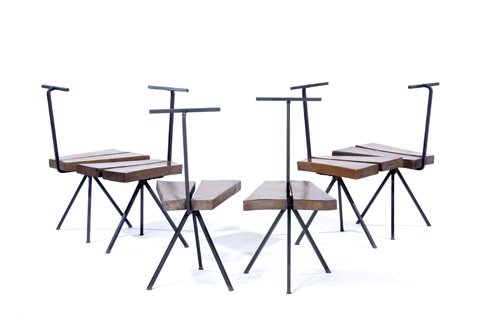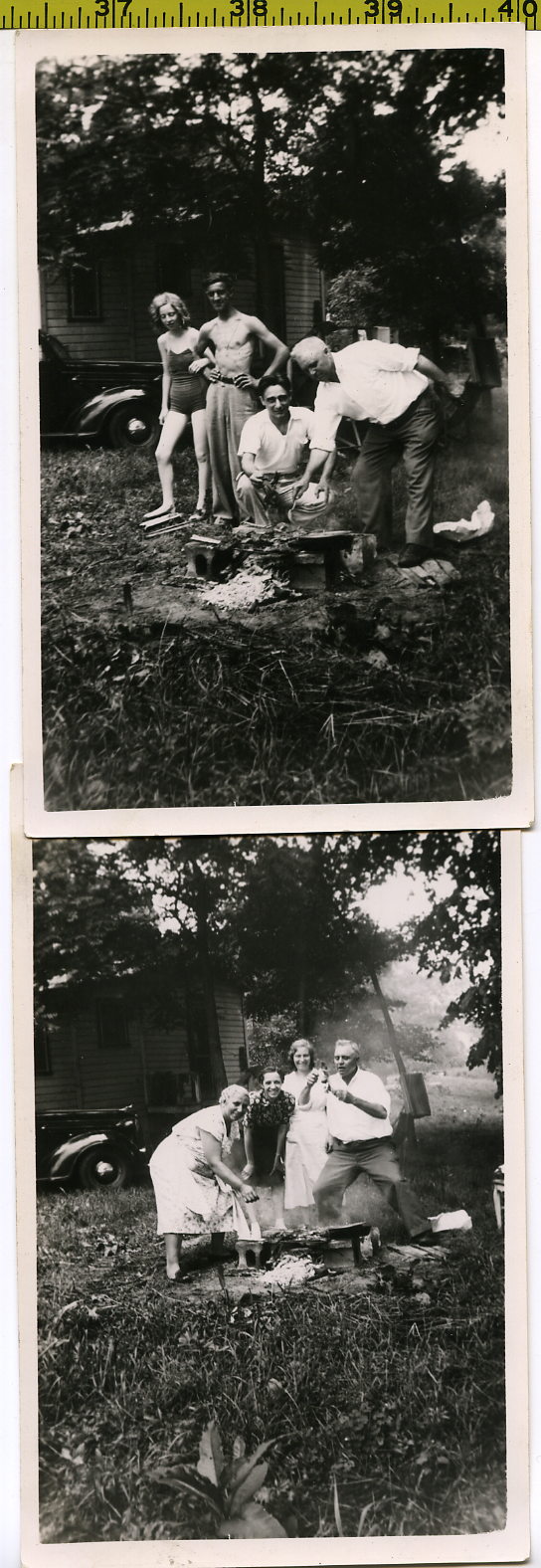Schwarz
View current page
...more recent posts
happy hell-o-ween (munsters 1st season)
...unless your like me, more of an adams guy
calendar clock
via zars

famous fonts
recent additions :
Avril Lavigne: Under My Skin (Music section)
Adidas (ID only; Companies section)
Spider-Man (ID only; Movies section)
National Geographic (ID only; Publications section)
Morgan Stanley (Companies section)
Mobil (Companies section)
Mail Boxes Etc. (ID only; Companies section)
Amazon.com (ID only; Companies section)
NBA Live (ID only; Games section)
This song and others by long-dead Tin Pan Alley songwriters are featured on a new compact disc, “Jewface,” which is aimed not at the History Channel crowd, but at a hipper audience. The album, to be released Nov. 14, contains 16 songs salvaged from wax cylinder recordings and scratchy 78s, from a century-old genre that is essentially Jewish minstrelsy. Often known as Jewish dialect music, it was performed in vaudeville houses by singers in hooked putty noses, oversize derbies and tattered overcoats. Highly popular, if controversial, in its day, it has been largely lost to history — perhaps justifiably.
The trap awaiting anybody attempting to review Ivo Pogorelich's Sunday night piano recital at the George Mason University Center for the Arts is the risk of making the playing sound more interesting than it was.
Nobody can deny that it was, shall we say, an unusual occasion. Pogorelich, his head neatly shaven, performed in a pitch-black hall, illumined only by a spotlight aimed directly at the piano, which made him look like a bleached, hulking silhouette. There was minimal contact with the audience: His bows were perfunctory and it was hard to make out his face amid the glare and shadow. Pogorelich could hardly have drawn more attention to his exaggerated strangeness had he scrawled "I am a cult figure!" across his face in lipstick.
And then there was the playing -- a rendition of Chopin's Sonata in B Minor, Op. 58, that lasted at least twice as long as any I've heard, or even thought I could imagine. Indeed, the second movement was so elongated and pulled out of shape that all sense of melody and propulsion was lost. It was as though we had entered a time warp.
my friend joe went to see pogorelich last night* in nyc with his 8yo kid darcy they had an interesting time and he sent the link.
*IVO POGORELICH (Thursday) This iconoclastic Croatian pianist has struck some listeners as brilliantly original, and others as purely perverse, but in any case, his interpretations of the great 19th-century keyboard works are unlike anyone else’s. He appears here this week with a hefty program that includes sonatas by Chopin (No. 3), Rachmaninoff (No. 2) and Scriabin (No. 4). At 8 p.m., Metropolitan Museum of Art, (212) 570-3949, metmuseum.org; $60. (Kozinn)
from the foam desk: foam house
via justin fab prefab msg board
The artist’s hold on the popular imagination also stems partly from his carefully cultivated bad boy pose. Gaunt and chalky, he disdained the wholesomely conventional, not troubling to hide his pursuit of young men, persistent club-crawling or pill-popping. “He was subversive, the real thing,” Mr. Doonan said, adding, “Subversive now is to be a hedge fund manager who owns a Warhol.”
Mr. Doonan professes a special affinity with the artist, whom he calls “the patron saint of retail,” a name that finds its way into the Barneys holiday catalog, “Happy Andy Warholidays.” The store’s Warhol-theme holiday marketing includes shopping bags covered in Warhol-like doodles of shoes, doves and tree ornaments.
“This is a huge deal for us,” Mr. Doonan said, pointing to a series of Warhol windows being mocked up last week at a studio in Midtown. They depicted periods in the artist’s life: his fashion illustrator years, the Factory period with Ms. Sedgwick, Warhol as social butterfly in the 1970’s and 80’s — “from Liza to Basquiat,” as Mr. Doonan put it, “and from Studio 54 to Area.”
The pink plastic flamingo, a Florida-inspired icon that has been reviled as kitschy bad taste and revered as retro cool, is dead at age 49.
The pop culture symbol met its demise after its manufacturer, Union Products, of Leominster, Mass., was socked with a triple economic threat -- increases in costs of electricity and plastic resin combined with loss of financing. Production ended in June, and the plant is scheduled to close Nov. 1, according to president and CEO Dennis Plante. Union Products made 250,000 of its patented plastic pink flamingos a year in addition to other garden products.
Robert Thompson, professor of popular culture at Syracuse University, paid tribute to the infamous bird that has been immortalized everywhere -- from the John Waters' movie Pink Flamingos, to bachelor parties and lawns across America.
live (or as close as he gets to alive) oct 28th 9 pm 346 e.houston st
Edgar Oliver - Playwright, author, actor. Edgar’s own plays have been staged in many downtown theatres in New York. His novel, The Man Who Loved Plants, published by Panther Books, is available in bookstores or online at www.goodie.org.
He will soon be appearing in two independent feature films, That’s Beautiful Frank and the Axis Company production Henry May Long.
"Edgar Oliver is an enchanted navigator of longing, loss and memory. We follow his path, strung with jewel-like language, to his strange, compelling and unique vision. Enter his oasis of beauty, where we encounter the most sublime essence of art and humanity." – Penny Arcade, writer and international performance star
maya lin sculpture in jersey city's future:
Officials at NJCU knew they wanted a sculpture or piece of art in front of the Visual Arts Building and, after a first round of proposals was rejected, Lin's brother, Tan Lin, an English professor at the school, suggested his sister.
The sculpture itself is a large pane of glass next to a 2-foot cement well. Inscribed in the well are translations of the word "art" in more than 50 different languages, meant to signify the different nationalities represented at NJCU. There is gravel in the well and it is surrounded by five young cherry trees, each with a light under it.
but whats the bug up this guys but?
The ultimate arrogance of artists is the belief that they control the meaning of their work, the shape of their career, the pattern of their own biographical narrative -- and their importance in the larger history of art. Composers dismiss their juvenilia from consideration. Novelists decide they're poets, and churn out mediocre verse. Yet very few artists ever exercise any ultimate power over how they're evaluated by posterity. Lin's artistic work will never have the same power to reshape the way we think about art that her monument did to the way we think about memorials. So why minimize the connection between the two?
this $23 forschner 8" chefs knife is the highest rated out of the hundreds tested by americas test kitchen
After today, you'll never look at an ordinary shipping container quite the same way again. Project Blackbox is a prototype of the world's first virtualized datacenter--built into a shipping container and optimized to deliver extreme energy, space, and performance efficiencies.this and the last post via fab prefab msg board
It was also reported in November that Google was buying shipping containers and building data centres within them, possibly with the aim of using them at significant nodes within the worldwide cable network. "Google hired a pair of very bright industrial designers to figure out how to cram the greatest number of CPUs, the most storage, memory and power support into a 20- or 40-foot box Robert Cringely wrote. "The idea is to plant one of these puppies anywhere Google owns access to fiber, basically turning the entire Internet into a giant processing and storage grid.

harry balmer chairs
spent the weekend in bucks county with family and had a chance to get to the lambertsville sollo rago modern furniture auction. highlights :
wharton esherick chair made of hickory hammer handles
the wild iron and timber slab creations of harry balmer
and as always, the best selection of george nakashima and harry bertoia pieces you will find anywhere. the entire catalog is published online here. artnets overview here.
all terrain (container) cabin from the fab prefab msg board
wynn puts elbow through his own 139 million dolllar picasso
favorite (not used) fmu logo - is that a t-shirt or what?
wasted days and wasted nights
Although the alignment of aesthetic and moral purpose through Modernist minimalism does not lead directly to social improvement (for instance, none of the “Record Houses” is meant to be “affordable”), it may, in more Aristotelian fashion, impart unique opportunities to develop moral virtues or “excellences of character.” Minimalism’s most familiar motifs simultaneously take on aesthetic qualities and moral virtues. Elegance allies with self-restraint and bareness with freedom from trivial desires, lack of finish with rejection of pretense. Unadorned expanses of glass denote openness and love of nature. Aesthetic aloofness suggests a rejection of shallow pleasure. Thus, a preference for a minimalist aesthetic need not rely on mere personal preference or on indemonstrable social benefits, but instead may seek to justify itself and its place in the world as character-building and character-revealing. Devotees and practitioners of Modernist minimalism do not have to seek to change the world to claim that it might be good for character development.
Commitment to a minimalist aesthetic can therefore lead to profound personal struggle and growth. In an individualistic age, one supremely suspicious of the corruption of politics, this is minimalism’s greatest potential source of moral strength, as well as its vulnerability. Community is its missing virtue. At its best, as with the Vietnam Memorial, minimalism provides a backdrop against which community can grow in its own way, but stepping up to providing it direction is another matter. And even with the Vietnam Memorial, it should be recalled that community is the sum of the loss of thousands of individuals.14
The shortcomings of Stoicism apply in equal measure to minimalism. Stoicism doesn’t require a turn away from the public and the political life in principle, but the combined effect of its requirement for self-cultivation and its easy conclusion that, as historian Adolph Friedrich Bonhoffer observes, the “prevailing corruption . . . makes fruitful political work of the wise man impossible”15 characteristically lead it down that path. “The perception that the human being as a rule could fulfill his universal intended purpose as a human being only precisely as a member of his nation and state and in the individuality of this national thinking and feeling seems to have been foreign to the Stoics. . . . Yet a further reason for their aversion to the public life lay side by side with the . . . idea of cosmopolitanism in their idealistic disregard of all external goods which prevented them from showing a real interest in the economical and cultural problems of the community.”16
"The Modernist minimalism dominating the pages of “Record Houses” will never willingly allow itself to be considered “just one style among many.” Such an attitude would constitute false modesty. But when the search for the pure shades over into the puritanical, what purpose is served? While minimalism’s rigor is undeniable, its rigor doesn’t produce a complete image of a fully and well-lived life."
Though Modernist minimalism can often seem mute about social life, its stripping of conventions can lead to works of thrilling immediacy and profound personal effort. Certainly these traits apply to the “Record Houses.” Most are exquisite and engage artistic matters more profoundly than do those in Digest. When the narrow list of ideals this sort of work permits becomes the only game in town, however, it then becomes anything but personally risky, anything but character-building. Instead, it becomes the style of the architectural aristocracy — a sign, as Bourdieu diagnosed, of certain social aspirations. This is why it comes as a particular disappointment when its motives take on the air of orthodoxy and exclusion, as surely they must when they so thoroughly crowd out and preclude alternatives.17
The Modernist minimalism dominating the pages of “Record Houses” will never willingly allow itself to be considered “just one style among many.” Such an attitude would constitute false modesty. But when the search for the pure shades over into the puritanical, what purpose is served? While minimalism’s rigor is undeniable, its rigor doesn’t produce a complete image of a fully and well-lived life. The Stoic philosophers faced just this dilemma. Stoicism is not an ethics of relationships but of individual character. It gains traction where loss of community is most acutely felt. Stoicism compensates for this loss by turning inward, cultivating self-perfection. If the proposition that Modernist minimalism’s admirable qualities are primarily concerned with character-building is at all convincing, one needs to be aware that minimalist sympathies are also incomplete representations of character and to make room for other traits, especially the social ones, that help round out a fully human existence.
yeah! the winter harvard design magazine is out with several online articles


